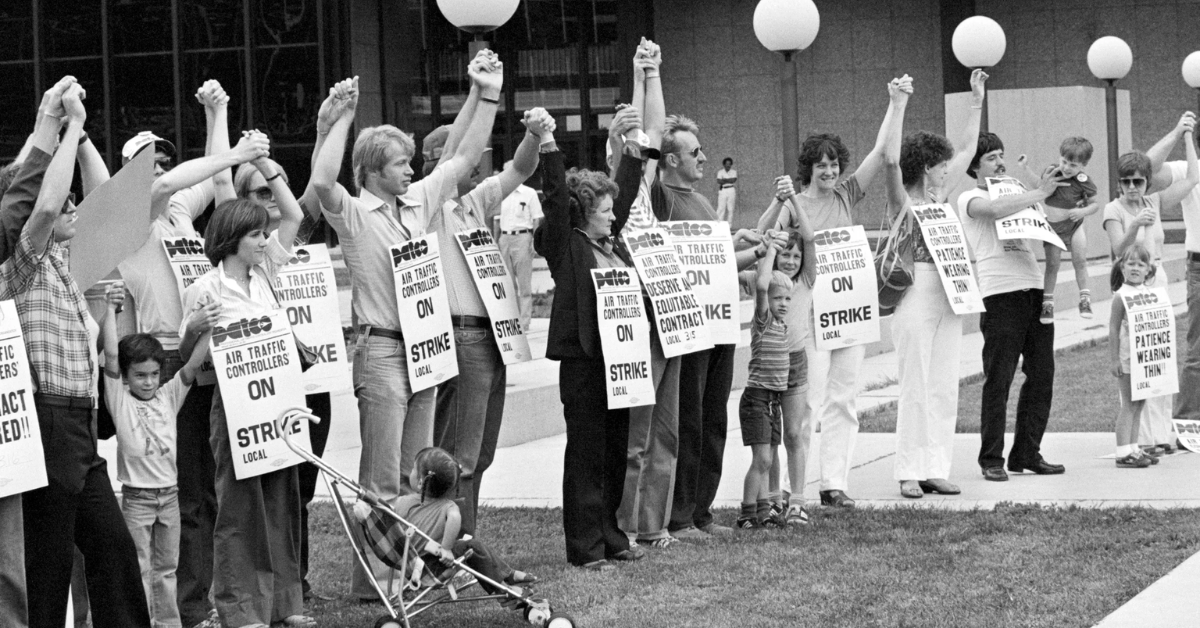The Origins and Impact of the Labor Movement
During America’s Gilded Age, many workers endured long, dangerous hours for paltry wages while industrial leaders amassed great wealth. This imbalance motivated workers to organize, creating unions that served as a collective force to improve labor conditions. Key accomplishments achieved by unions include:
- Securing the five-day, 40-hour workweek from an exhausting six-day, 60-hour schedule.
- Advancing occupational safety laws to reduce industrial accidents.
- Establishing workers’ compensation and unemployment insurance to protect employees financially during hardships.
- Helping enact the minimum wage, paid time off, and Social Security, fundamentally altering workers’ lives.
These gains, initially fought for by union workers, often spilled over to benefit non-union employees, raising standards across industries.
Why Unions Still Matter Today
Lisa Feldman, a veteran union member and Maine Education Association retiree, notes that unions bring three key protections:
- Contractual job security: Workers can only be fired for just cause, supported by due process rights.
- Collective support: Union representatives provide advice, advocacy, and a sense of community in competitive work environments.
- Democratic participation: Members influence wages, conditions, and contract approvals via voting and surveys.
“Without a union, your boss can fire you at any time for any reason that isn’t strictly illegal. If he does violate the law, it’s your responsibility to hire a lawyer and prove it,” Feldman explains. “A union contract stipulates that you can be fired only for ‘just cause.’”
The declining percentage of unionized workers since the 1980s, due to organized employer resistance, has weakened these protections and the broader benefits they bring to all workers.
Current Challenges Facing Labor Rights
Recently, political shifts have threatened union influence. Actions such as the firing of a Democratic National Labor Relations Board member and leaving several seats unfilled have disrupted the board’s ability to protect workers’ rights through election supervision and fair labor practice enforcement. Additionally, moves by the federal administration to cancel union contracts for over a million federal employees under debated security grounds have resulted in workforce reductions and increased workloads.
“These are not isolated incidents but test cases. Rights gained by struggle can be lost when power relationships change,” the opinion piece warns.
Understanding these dynamics is crucial for anyone who benefits directly or indirectly from the labor movement’s hard-won victories.
Reflecting on Labor Day and What You Can Do
This Labor Day offers an opportunity to delve into labor history and appreciate the sacrifices made for today’s workplace rights. Attending union-sponsored Labor Day events, educating oneself on workers’ struggles, and supporting efforts to maintain fair labor standards can help preserve these achievements.







